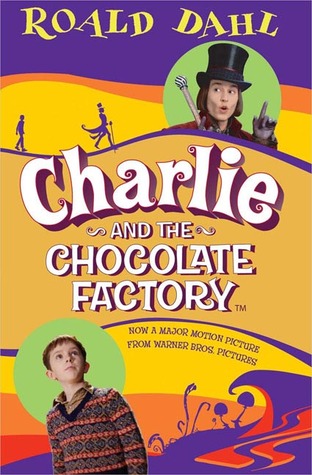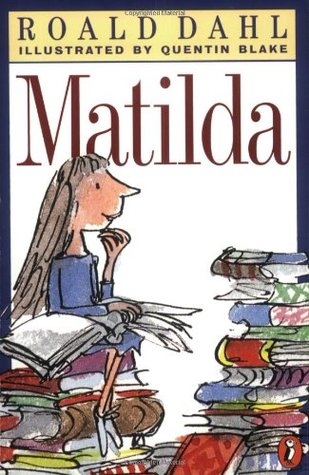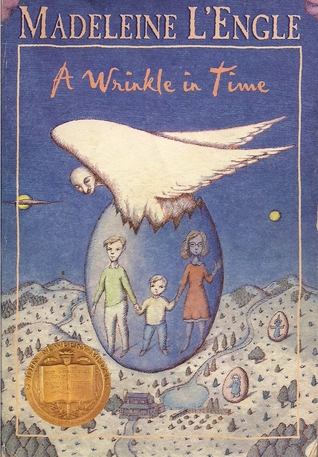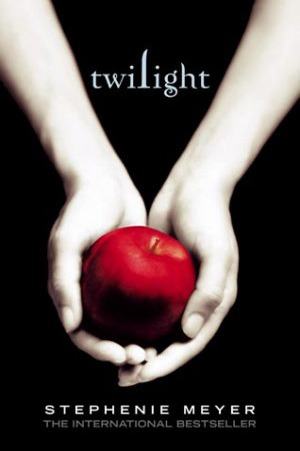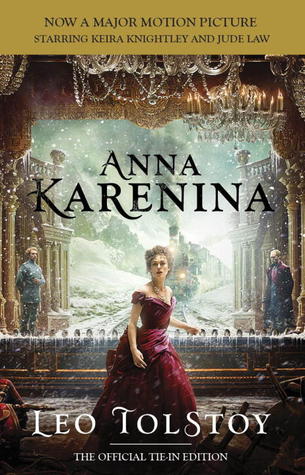In retrospect, it is apparent that the development of the atomic bomb was one of the great turning points in world history. In
The Making of the Atomic Bomb,
the winner of the National Book Award and the National Book Critics
Award for General Nonfiction, Richard Rhodes provides a detailed account
of how this came about, blending the history of science with some
fascinating glimpses of how politicians in wartime viewed this new
weapon.

Throughout the book, Rhodes’s approach is biographical: At each
major step along the way, he inserts brief vignettes about the more
significant participants so that the reader is not confronted with a
series of unfamiliar names. The story he tells has considerable
intrinsic dramatic interest, and Rhodes skillfully builds on this in a
way which should retain the interest of most readers. In addition to its
narrative power, the book also suggests answers to a number of key
questions: What changes in scientific theory were necessary before it
was possible even to attempt to create an atomic bomb? Why did the
United States rather than some other nation become the first nuclear
power? What is the relationship between scientists and public
policymakers in developing new weapons, and what responsibility do
scientists have for the instruments of destruction they create?
Although Rhodes traces the conceptions of the atom as far back as
ancient Greece and briefly sketches the history of atomic research in
the early twentieth century, he suggests that the real beginning of the
idea of nuclear fission and its use as a weapon originated in September,
1933. Leo Szilard, who is given credit for being the first to develop
this idea, is one of the most prominent persons in Rhodes’s book, and
throughout the volume he is presented as a heroic figure. Born in
Hungary, Szilard had been a student of Albert Einstein’s at the
University of Berlin and appeared to be on the verge of a distinguished
career in science, but he fled Germany in 1933 to avoid the persecution
of Jews by the Nazi government.
Szilard’s breakthrough was stimulated by the remarks made at a
meeting of the British Association for the Advancement of Science.
Ernest Rutherford, Great Britain’s leading physicist, had stated that
the possibility that the transformation of atoms could become a source
of power in the future was so improbable that anyone who suggested this
could be done was simply talking “moonshine.” Rutherford’s pessimism was
derived in part from the fact that up to that point, efforts to break
down the nucleus of the atom required a much greater expenditure of
energy than was released by fission.
In reflecting on Rutherford’s remarks, Szilard hit upon a solution
which anticipated the subsequent direction of atomic research. First, it
occurred to him that scientists should use neutrons rather than
electrons to bombard the nucleus of the atom, because neutrons, unlike
electrons, do not have an electrical charge and thus would not be
repelled until they struck the nucleus of the atom. Second, he realized
that the process would generate more energy than was put into it if it
initiated a chain reaction which would become self-sustaining. This
notion was of central importance in the subsequent development of the
atomic bomb, although as a result of a lack of financial support Szilard
did not have the opportunity to demonstrate it experimentally.
Indeed, Szilard was an isolated figure in the 1930’s and little
attention was paid to his idea, nor to his suggestion in 1935 that
uranium would chain-react when bombarded with neutrons. Until nuclear
fission was demonstrated experimentally in 1938, even the world’s
leading physicists continued to deny that nuclear energy could be
harnessed for human purposes: Rutherford repeatedly condemned the idea
as moonshine, Einstein considered it comparable to trying to shoot a
bird in the dark, while Niels Bohr dismissed it as so improbable that it
was not worth serious consideration.
When it was announced that nuclear fission had been achieved in a
German laboratory in 1938, however, this sense of skepticism was
replaced by a flurry of activity, stimulated in part by the realization
that it was now possible to produce an atomic bomb. Several of the
physicists who had fled from Central Europe to escape the Nazi movement
became alarmed at the possibility that Germany might be the first nation
to develop an atomic bomb, recognizing that this would place a weapon
in the hands of Adolf Hitler which would enable him to conquer the
world. Szilard and another Hungarian physicist, Edward Teller, took the
initiative in alerting President Franklin D. Roosevelt to this danger.
Anticipating that Einstein’s name would carry more weight with American
authorities, they persuaded him to assist them, and Szilard and Einstein
jointly drafted the famous letter to President Roosevelt which Einstein
signed. They then recruited Alexander Sachs, a Russian émigré, vice
president of the Lehman Corporation, and a friend of Roosevelt, to
present the letter to the president.
When Sachs met with Roosevelt in October, 1939, he proceeded to give
the president a summary of Einstein’s letter in his own words; thus, as
Rhodes points out, one cannot be sure that Roosevelt ever actually read
the letter Szilard and Einstein had drafted with such care. This may be a
partial explanation for the subsequent delay in launching the American
atomic-bomb project. Sachs’s summary focused on peacetime uses for
atomic energy; the possibility of a bomb was only the third use
mentioned and its importance was obscured by the attention given to the
previous items.
In light of the eventual importance of the atomic bomb, it is
startling to realize how slow the American government was in initiating a
project to develop it. Roosevelt created a Uranium Committee which met
later in October to hear Szilard present a case for establishing a
research program to determine if a bomb could be built. Other committee
members were very dubious about the proposal, in part because of
uncertainty as to whether a controlled chain reaction was possible. The
committee’s report to Roosevelt recommended that research be conducted
to determine if a chain reaction could be controlled, as this could
provide an important source of power for submarines; only secondarily
did it mention that if the reaction proved explosive it might be used as
a bomb. Perhaps because of the skepticism of the committee’s army
representatives, the report was filed away, and almost nine months went
by before any further steps were taken.
While American officials procrastinated, German scientists were
making steady progress, and in the early years of the war Germany was
closer to the development of a bomb than any other nation. German
scientists were the first to achieve nuclear fission, and in April,
1939, the German War Office was informed that the recent developments in
nuclear physics made possible the creation of a weapon far more
powerful than any then in existence. This led to a government-sponsored
research program which had several advantages in the race to build an
atomic bomb. The German program was conducted by a top-flight group of
scientists that included Pulitzer Prize-winning physicist Werner
Heisenberg.



